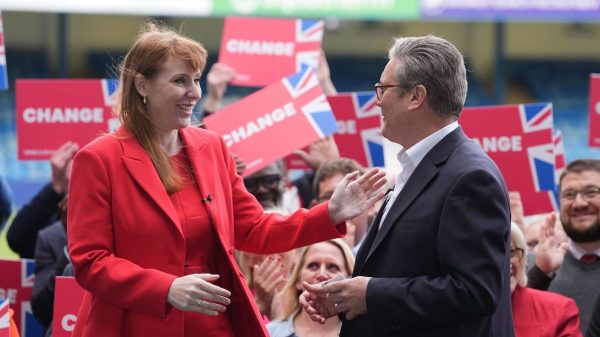Impact of Extreme Climate Conditions on Global Wine Production
Extreme environmental conditions, such as droughts, fires, and other climate-related issues, have led to a significant decline in wine production worldwide. The International Organization of Vine and Wine (OIV) reported a 10% drop in wine production in 2023, marking the largest decrease in over six decades.
Factors Contributing to the Decline
- Extreme climate changes were identified as the primary cause of the drastic fall in wine production.
- Global grape harvest in 2023 was the lowest since 1961, surpassing earlier estimates made in November.
Impact on Major Wine-Producing Countries
Australia and Italy were among the most affected countries, experiencing a 26% and 23% decrease in production, respectively. Spain also suffered a significant loss, with more than a fifth of its production being affected. Harvests in Chile and South Africa saw declines of over 10%.
France, on the other hand, saw a 4% increase in its wine production, solidifying its position as the world’s largest wine producer.
Decline in Wine Consumption
According to the OIV, wine consumption hit its lowest level since 1996 in 2023. Factors contributing to this decline included price increases due to inflation and reduced wine consumption in China amid an economic slowdown. Countries like Portugal, France, and Italy continued to lead in wine consumption per capita.
Insights from OIV’s Director
John Barker, the director of OIV, highlighted that demographic and lifestyle changes were driving the underlying decrease in wine consumption. He emphasized that inflation played a dominant role in shaping demand trends in 2023.
Trends in Grape Cultivation
Despite the decline in wine production, the land dedicated to grape cultivation decreased for the third consecutive year, totaling 7.2 million hectares. Notably, India emerged as one of the top 10 global grape producers for the first time, with a 3% increase in vineyard size.
















































